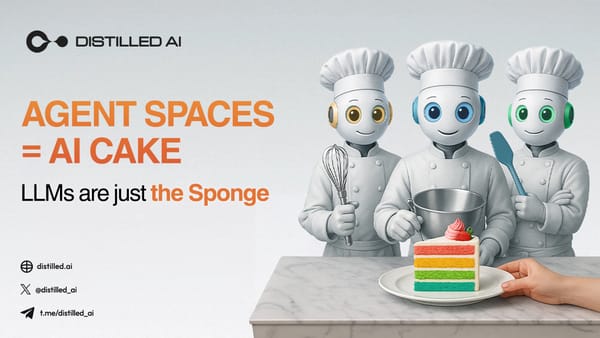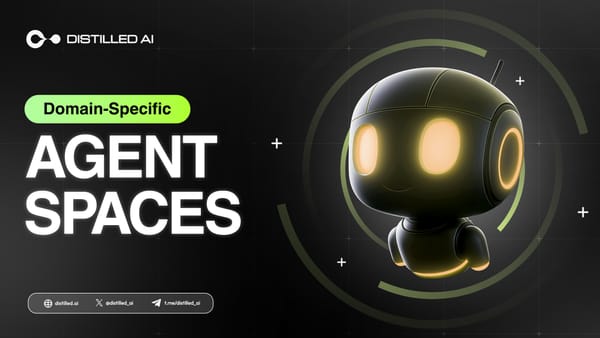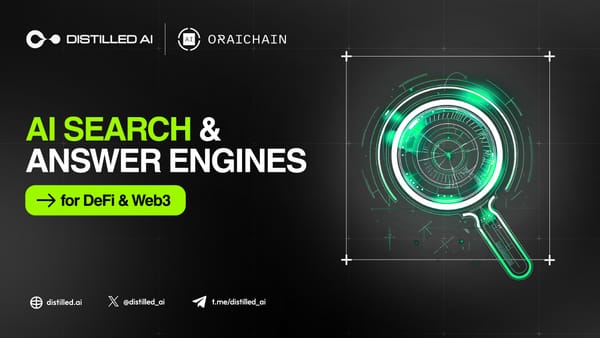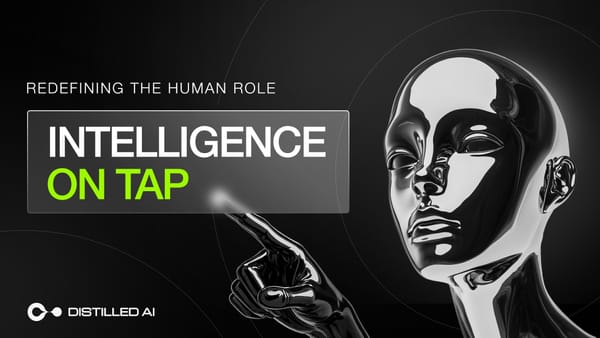How AI Agents "See": A Deep Dive into Computer Vision for Perception
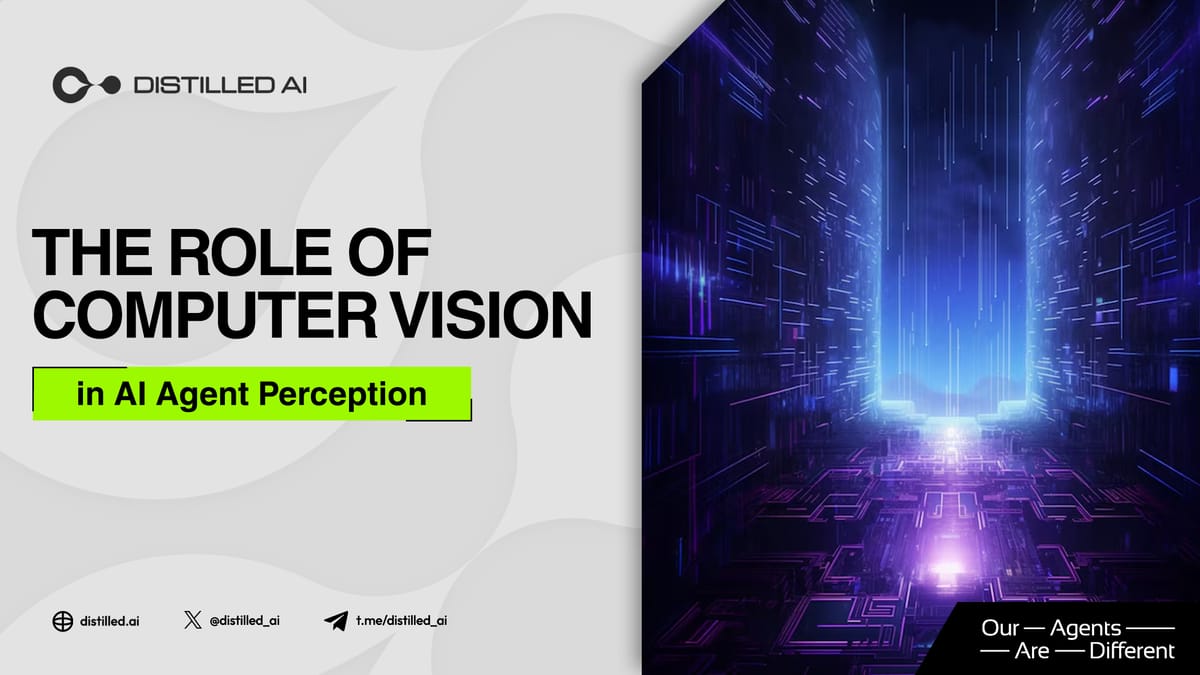
Artificial Intelligence (AI) agents are rapidly moving beyond simple automation and into complex environments, interacting with the physical world. But for an AI to truly act intelligently, it needs to understand its surroundings. This is where Computer Vision (CV) comes in. Computer Vision is the field of AI that enables machines to "see" and interpret images and videos, essentially giving AI agents the power of perception. This article explores the crucial role of Computer Vision in AI agent development, covering key techniques, real-world applications, and future trends.
What is AI Agent Perception & Why Does it Need Computer Vision?
An AI agent's perception is its ability to gather information about its environment. Unlike humans who effortlessly process visual data, AI agents require explicit programming to do so. Without perception, an AI agent is essentially blind, unable to navigate, identify objects, or respond appropriately to changes in its surroundings.
Computer Vision bridges this gap. It allows AI agents to:
- Identify Objects: Recognize and categorize objects within an image or video (e.g., a pedestrian, a car, a stop sign).
- Detect Objects: Locate the position of objects within a scene.
- Segment Images: Divide an image into meaningful regions, highlighting specific objects or areas.
- Track Movement: Follow objects as they move through a video sequence.
- Understand Scenes: Interpret the overall context of a visual environment.
Core Computer Vision Techniques Powering AI Agents
Several key techniques underpin Computer Vision's ability to empower AI agents. These are largely driven by advancements in Deep Learning:
- Image Classification: Assigning a single label to an entire image (e.g., "cat," "dog," "car"). Convolutional Neural Networks (CNNs) are the dominant architecture for this task.
- Object Detection: Identifying multiple objects within an image and drawing bounding boxes around them. Popular algorithms include YOLO (You Only Look Once), SSD (Single Shot MultiBox Detector), and Faster R-CNN.
- Semantic Segmentation: Classifying every pixel in an image, creating a pixel-wise understanding of the scene. Useful for autonomous driving (identifying roads, sidewalks, and obstacles).
- Instance Segmentation: Similar to semantic segmentation, but differentiates between individual instances of the same object (e.g., distinguishing between two separate cars).
- Image Enhancement & Restoration: Improving the quality of images, removing noise, or reconstructing missing information. Important for dealing with real-world conditions like low light or poor weather.
- 3D Computer Vision: Reconstructing a 3D representation of a scene from 2D images. Crucial for robotics and augmented reality.
Real-World Applications: Computer Vision in Action
The impact of Computer Vision on AI agent capabilities is already being felt across numerous industries:
- Autonomous Vehicles: Perhaps the most prominent example. CV enables self-driving cars to perceive their surroundings, detect pedestrians, traffic lights, and other vehicles, and navigate safely. (Case Study: Tesla Autopilot) – Tesla utilizes a sophisticated CV system, combining camera data with radar and ultrasonic sensors, to provide advanced driver-assistance features and progress towards full autonomy. https://www.tesla.com/autopilot
- Robotics: Robots in manufacturing, logistics, and healthcare rely on CV for tasks like object recognition, pick-and-place operations, and surgical assistance. (Case Study: Amazon Robotics) – Amazon uses robots with CV to navigate warehouses, identify products, and fulfill orders efficiently. https://www.amazon.com/Amazon-Robotics/b?ie=UTF8&node=16067886011
- Security & Surveillance: CV-powered systems can detect suspicious activity, identify individuals, and monitor large areas.
- Healthcare: CV assists in medical image analysis (e.g., detecting tumors in X-rays), robotic surgery, and patient monitoring.
- Retail: CV is used for inventory management, customer behavior analysis, and automated checkout systems.
- Agriculture: CV helps farmers monitor crop health, detect pests, and optimize irrigation. (Case Study: Blue River Technology (John Deere)) – Blue River Technology uses CV to identify weeds and precisely apply herbicide, reducing chemical usage. https://www.bluerivertechnology.com/
Challenges and Future Trends
Despite significant progress, challenges remain in Computer Vision for AI agents:
- Robustness to Variations: CV systems can struggle with variations in lighting, weather, and viewpoint.
- Data Requirements: Deep learning models require vast amounts of labeled data for training.
- Computational Cost: Complex CV algorithms can be computationally expensive, requiring powerful hardware.
- Explainability: Understanding why a CV system made a particular decision can be difficult.
Future trends include:
- Edge Computing: Processing visual data directly on the device (e.g., a robot or a camera) to reduce latency and bandwidth requirements.
- Self-Supervised Learning: Training CV models with minimal labeled data.
- Vision Transformers: A new architecture showing promising results in image recognition and object detection.
- Generative AI for Data Augmentation: Using AI to create synthetic training data to improve model performance.
Resources for Further Learning
- OpenCV: A popular open-source computer vision library: https://opencv.org/
- TensorFlow: A powerful machine learning framework with extensive CV capabilities: https://www.tensorflow.org/
- PyTorch: Another widely used machine learning framework: https://pytorch.org/
- Papers with Code: A website that tracks the latest research in computer vision: https://paperswithcode.com/
